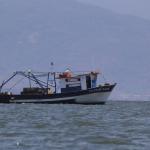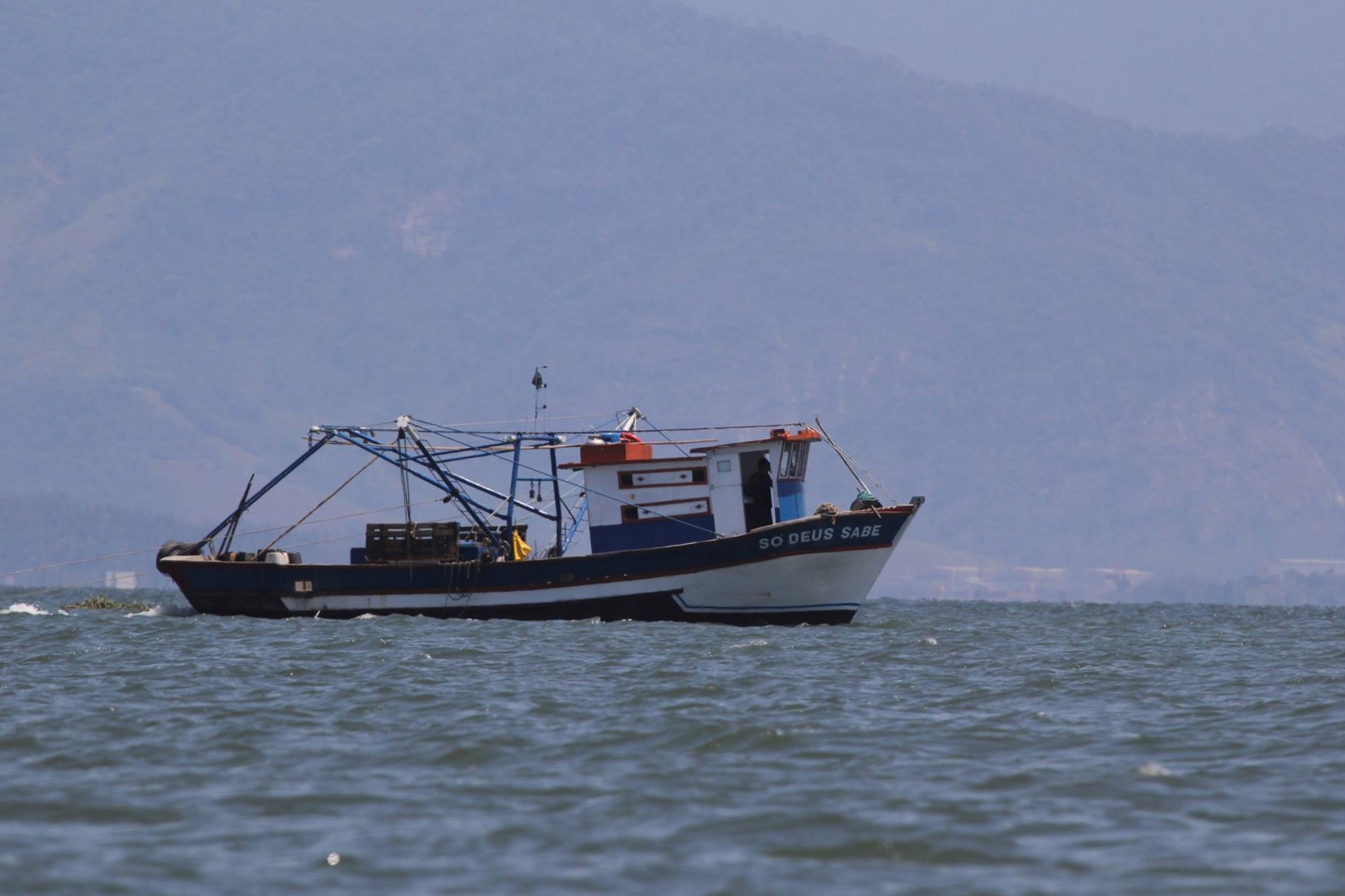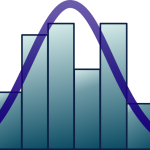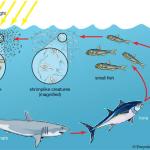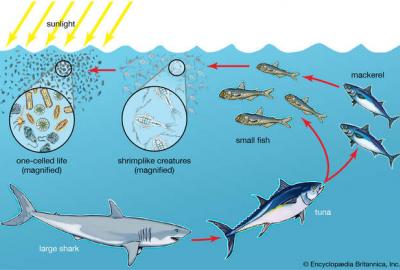Socioeconomic Dimension of Fisheries
This course is part of the 2nd semester of the Master in Aquaculture and Fisheries of the University of Algarve. It is required for the fisheries specialization students and an option for students from other Masters.
Course contents
The syllabus of this course is reviewed every year, depending on the evolution of the
situation of socioeconomics of fisheries management:
- 1. The situation of the world fisheries resources
- 2. The socioeconomics dimension of fisheries in the world
- 3. The socioeconomics dimension of fisheries in Europe
- 4. The importance of small-scale fisheries
- 5. Importance of including the social dimension in fisheries management
- 6. Governance of fisheries and participation in the decision-making process
- 7. Gender dimension (women) in fisheries
- 8. Access rights in fisheries
- 9. The human dimension of marine protected areas.
- 10. Fisheries trade, seafood consumption, the sustainable seafood movement,
- labelling and certification
- 11. Marketing tool and initiatives to add-value to fishery products
- 12. Collecting and analysing socioeconomic fisheries data
The course is organized in 3 units:
- The first unit (THE SOCIOECONOMIC DIMENSION OF FISHERIES) includes themes 1 to 5 and its objective is to expose students to social, economic and cultural aspects of the fishing activity, and other activities related to fisheries.
- The second unit (MAJOR CHALLENGES FOR THE HUMAN DIMENSION OF FISHERIES) covers themes 6 to 11 and is dedicated to reviewing relevant current topics of importance to the fishing industry, namely to the European fishing industry (but also global fishing industry) where these topics are identified as the major social and economic challenges faced by the industry.
- The third unit (SOCIOECONOMIC DATA COLLECTION AND ANALYSIS), includes theme 12 and explores in detail the collection and analysis of socioeconomic information related to fisheries (and other information related to the human dimension of fisheries), namely the collection and analysis of quantitative and qualitative data.
Final competences
- Expose the students to the problems associated with social and economic aspects of fisheries and management of living marine resources.
- Stress the importance of a multidisciplinary approach and including the socioeconomic dimension of fisheries in management and conservation.
- Understand socioeconomic data collection and analysis, its use and importance
Further course information can be found here: https://studiekiezer.ugent.be/2026/studiefiche/en/C004245

